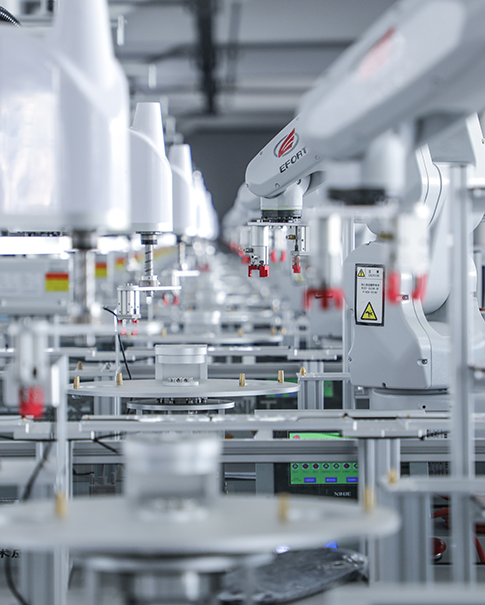Traditionally, manufacturers have relied on internal operational data—machine efficiency, production rates, and supply chain metrics—to optimize processes. While this data is crucial for streamlining operations, it doesn’t reveal anything about customer preferences or emotional drivers.
Why Customer Data Matters Now More Than Ever
71% of manufacturing service teams now prioritize deeper customer relationships (Salesforce Research).
Personalization drives loyalty—consumers expect tailored experiences, even in B2B manufacturing.
IoT and smart devices provide unprecedented access to real-time customer behavior data.
By integrating customer behavior analytics into their data strategy, manufacturers can move beyond efficiency metrics and start anticipating market demands.
Manufacturers collect vast amounts of big data—structured, quantitative information that tells them what customers are doing. However, this data lacks context.
What Big Data Reveals (and What It Doesn’t)
Tracks purchasing patterns (e.g., 90% of customers buy Product X).
Measures engagement (e.g., website visits, service requests).
Identifies trends (e.g., seasonal demand spikes).
But big data doesn’t explain why customers prefer one product over another. That’s where thick data comes in.
Thick Data: The Human Element Behind the Numbers
Thick data is qualitative, gathered through:
Customer surveys & interviews
Ethnographic studies (observing real-world usage)
Social media sentiment analysis
For example, if big data shows a robot model is popular, thick data might reveal that customers love it because of its ease of use, speed, or reliability—insights that can guide future designs. “Big data gives us correlations, but thick data explains the why behind them.” – Dr. Tricia Wang, Tech Ethnographer
Consumers increasingly demand personalized products, and manufacturers are responding with mass customization—a blend of mass production and bespoke design.
Examples of Mass Customization in Manufacturing
Automotive: Custom car configurations (Tesla, BMW).
Footwear: Nike’s Nike By You personalized sneakers.
Industrial Equipment: Modular machinery tailored to client needs.
Using Thick Data to Fuel Customization
By analyzing emotional and behavioral insights, manufacturers can:
Predict trends before they emerge.
Reduce product returns by aligning designs with real preferences.
Enhance customer satisfaction through tailored solutions.
To effectively leverage both big and thick data, manufacturers should:
A. Integrate IoT and Smart Sensors
Track product usage in real-time.
Identify pain points (e.g., frequent maintenance needs).
B. Conduct Regular Customer Feedback Loops
Post-purchase surveys.
User experience (UX) testing.
C. Use AI for Predictive Analytics
Machine learning can detect hidden patterns in customer behavior.
AI-driven chatbots can gather real-time feedback.
D. Train Teams on Data Interpretation
Engineers should understand customer pain points.
Sales teams need insights to personalize pitches.
The next frontier in manufacturing data is Emotional AI, where systems detect and respond to human emotions. Examples include:
Voice analysis in customer service calls.
Facial recognition in retail kiosks.
Predictive personalization in e-commerce.
Manufacturers who embrace both data-driven efficiency and emotional intelligence will lead the market in customer loyalty and innovation.
Manufacturing is no longer just about machines and output—it’s about understanding people. While big data optimizes operations, thick data reveals the emotional drivers behind customer decisions.
By combining IoT analytics, customer feedback, and AI, manufacturers can:
Boost loyalty through personalization.
Reduce waste by aligning production with real demand.
Stay competitive in an experience-driven economy.
The future belongs to manufacturers who don’t just collect data—but truly listen to their customers. What’s your take? Is your manufacturing business using emotional data to enhance customer experiences? Share your thoughts below!
 Network Supported
Network Supported